SBVS067U January 2006 – September 2024 TPS737
PRODUCTION DATA
- 1
- 1 Features
- 2 Applications
- 3 Description
- 4 Pin Configuration and Functions
- 5 Specifications
- 6 Detailed Description
- 7 Application and Implementation
- 8 Device and Documentation Support
- 9 Revision History
- 10Mechanical, Packaging, and Orderable Information
Package Options
Refer to the PDF data sheet for device specific package drawings
Mechanical Data (Package|Pins)
- DCQ|6
- DRV|6
- DRB|8
Thermal pad, mechanical data (Package|Pins)
Orderable Information
7.2.3 Application Curves
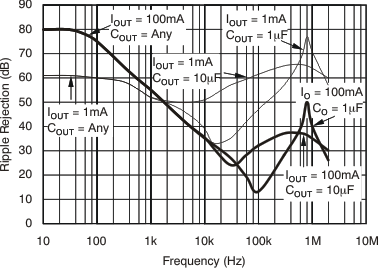
| Legacy silicon |
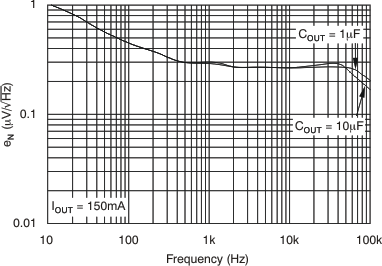
| Legacy silicon |
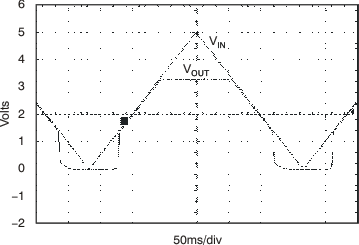
| Legacy silicon |
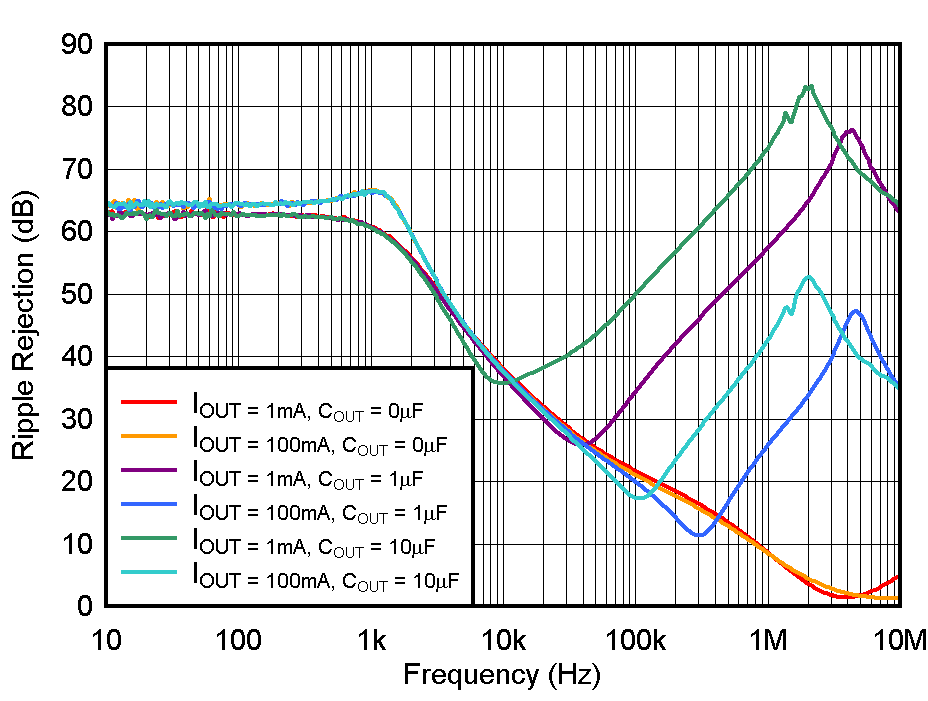
| New silicon |
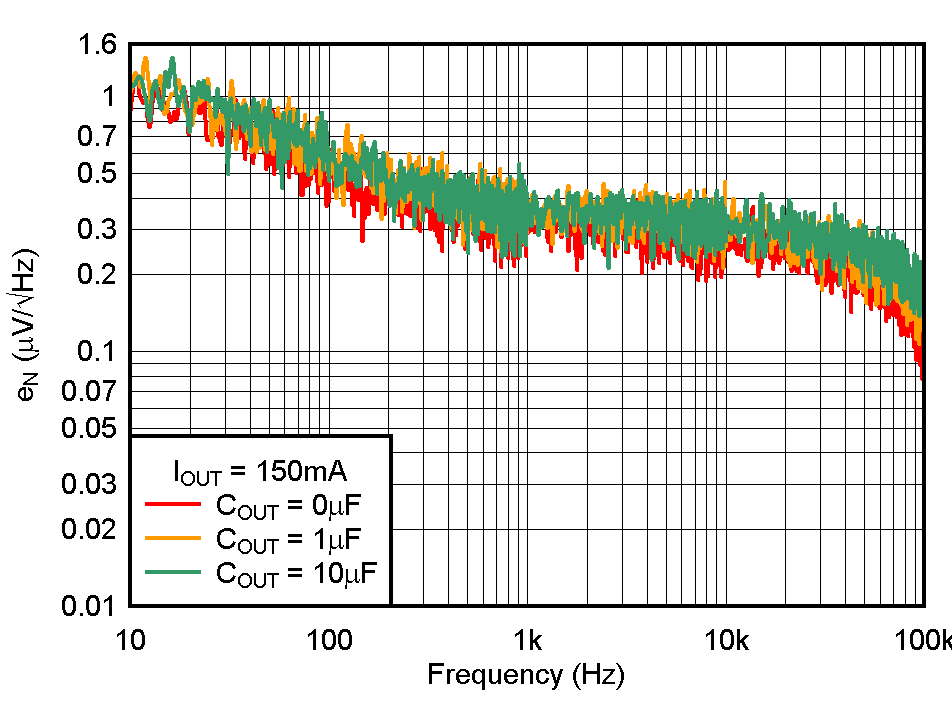
| New silicon |
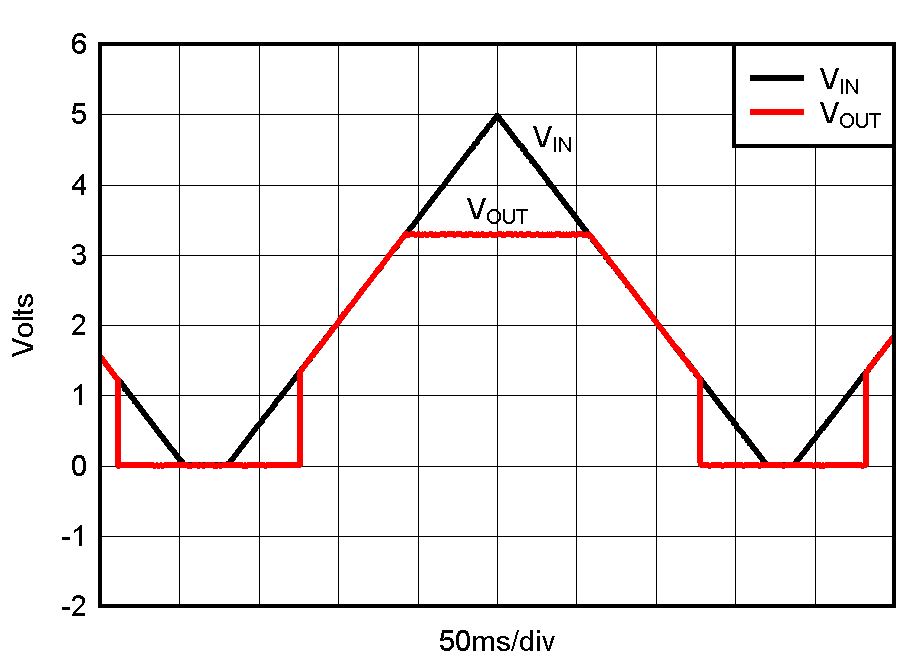
| New silicon |